- HVAC & Wind Engineering
- Structural Building Design
- Fire & Smoke Propagation
- Smart Buildings and Smart Cities
Optimize Construction with Simulation
The landscape of the architecture, engineering, and construction (AEC) industry is evolving, propelled by technologies such as simulation, virtual reality, and digital twins. These advancements are empowering architects and engineers to unleash their creativity in designing modern buildings and civil engineering projects. The outcomes include structures that offer a safer, more comfortable, and interconnected experience for occupants and bystanders, all the while reducing the environmental footprint of the overall project.
To tackle these challenges, leaders in all industries are increasingly utilizing simulation techniques to develop digital twins based on physics. This tool in particular enables planners to gain a comprehensive insight into the consequences of design choices, spanning from site selection and architectural features to materials and heating/cooling systems.
With simulation expertise, accurately consider:
Get a Project Quote
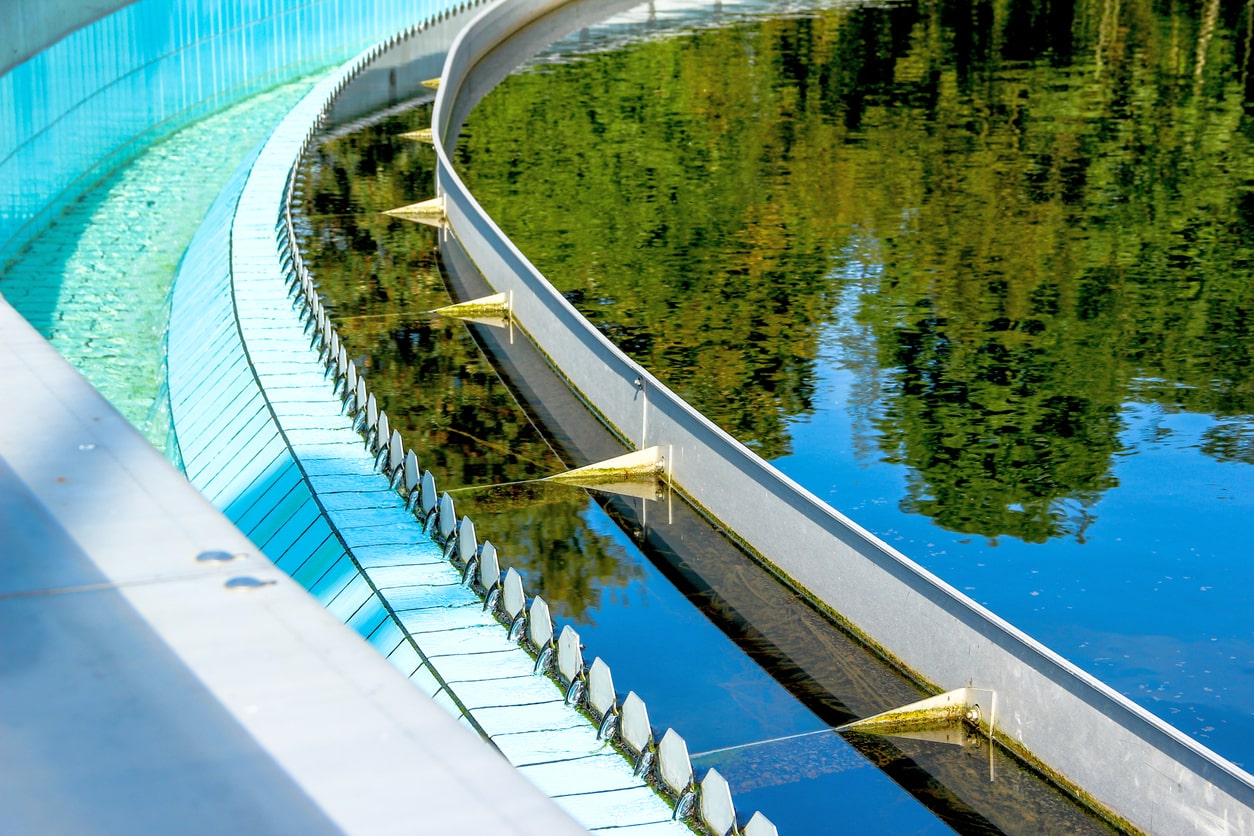
Construction Consulting Projects & Performance Tests
- Building wind loads under hurricane-strength winds from CFD analysis
- Structural model of large underground nuclear waste tanks with rebar-reinforced concrete and nonlinear frictional soil model with custom GUI. Rebar-reinforced utilizing Drucker-Prager material models
- CFD wind study for high rise building development to verify that proposed design maintains local velocities to defined industry limits
- Water treatment plant comparative CFD tracer study to predict water residence times to ensure optimum contaminant oxidation
- Water storage standpipe facility CFD study to determine liquid mixing/cycling performance
- Explicit dynamic study of 100 year old dam response to adjacent bedrock blasting
Applications and Simulation Use Cases | Construction
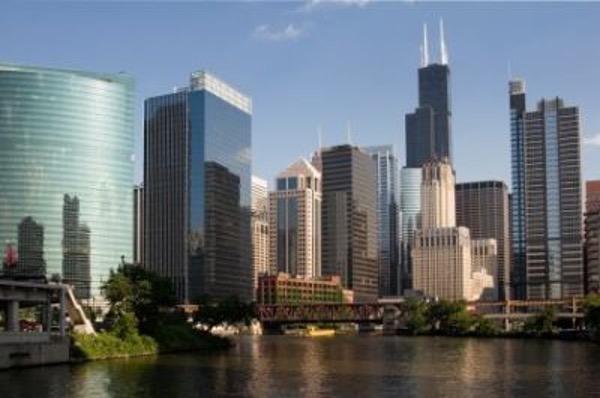
Blast, Explosion & Homeland Security
- Explicit analysis
- Blast and explosion modeling
- Impact of objects and vehicles on buildings
- Models involving the impact of:
- Architectural aspects
- Landscape design
- Ground profile
- Damage to building structure
- Benefits
- Investigation of various disaster scenarios
- Optimization of passive building resistance to blast
- Adjustment of fire suppression and smoke management system
- Ventilation
- Fire suppression
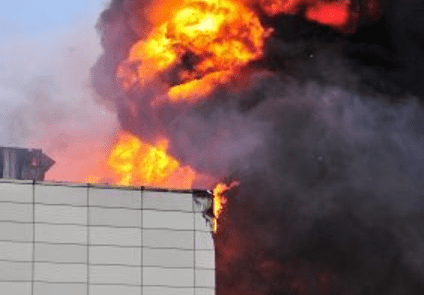
Fire & Smoke Modeling
- Official regulations and safety concerns require efficient ventilation and detection systems, and Ansys software provides cost-effective help for:
- Understanding the spread of smoke and heat
- Designing efficient equipment for fire suppression
- Predicting the distribution of suppression agents
- Studying their interactions with the fire and smoke
- Identifying how fires develop
- Determining their effect on neighboring structures
- Smoke management simulation & SOP
- Maintain safety escape path despite extreme conditions
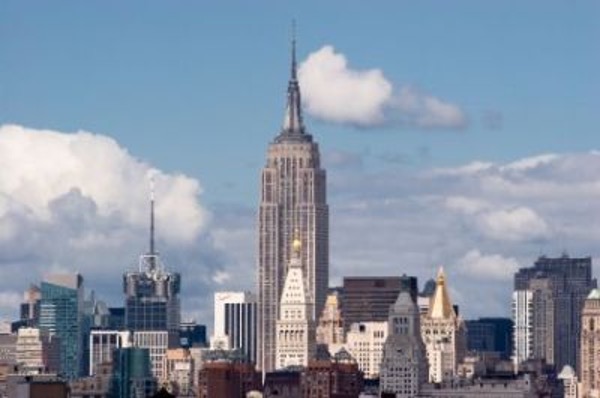
Building Structure Analysis
- Structure integrity under extreme conditions
- Single part or assembly modeling
- Wind induced deformations
- Pre-stressed, reinforced concrete
- Seismic analysis
- Soil mechanics
- Geotechnical solutions
- High rise buildings
- Iconic landmarks
- Parking lots
- Bridges
- Dams
- Tunnels
- Theaters
- Stadium
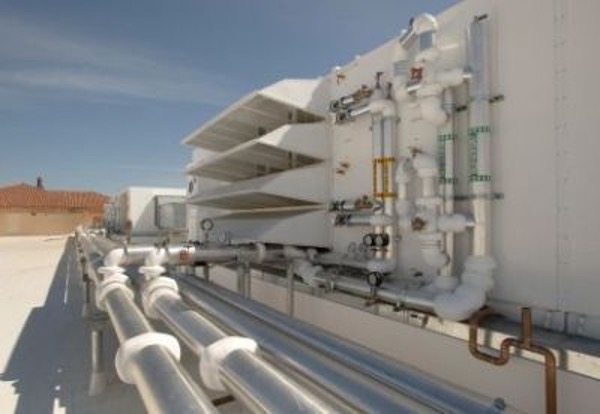
HVAC Equipment Design
- Performance optimization and parametric analysis
- Fans
- Furnaces and boilers
- Heating system design
- HVAC ducting
- Environmental control systems
- Centrifugal blower
- Heat exchangers
- Pumps
- Air curtains
- Air mixers
- Blowers
- Industrial compressors
- Crossflow fans
- Exhaust hoods
- Blowers, fans and compressors
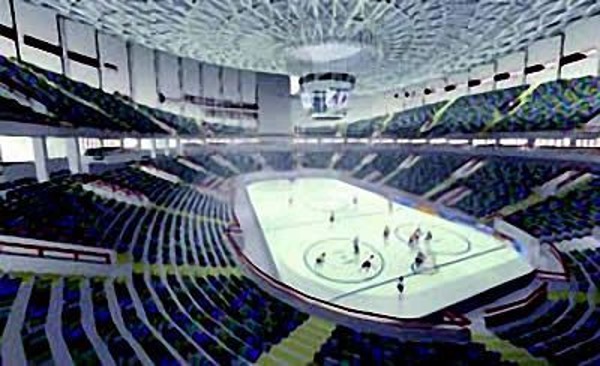
Thermal Comfort & Ventilation
- Occupant thermal comfort and indoor air quality
- Predicting room conditions:
- Air velocity, temperature
- Relative humidity, thermal radiation
- Toxins
- Assessment of a variety of comfort criteria
- Combined with information about occupant activity and clothing
- Impact of heat loss through the structure, including solar gain effects
- Testing effectiveness of novel strategies and concepts:
- Natural and mixed ventilation
- Minimizing energy consumption
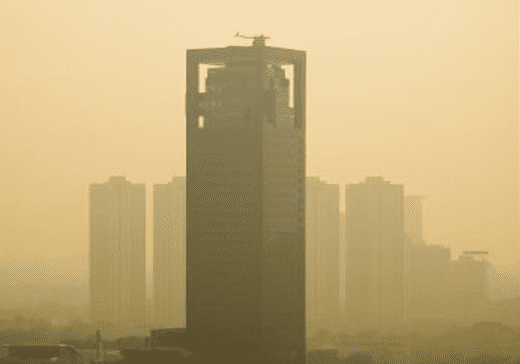
Wind Engineering, Pollutant Dispersion
- Response of the building to its environment as well as the response of the environment to the building
- Understand the aerodynamics of a structure and the resulting pressure map on its surface
- Analysis of the behavior and stability of the construction under various weather conditions
- Impact on pedestrian comfort and safety
- In urban and nonurban settings, address:
- Environmental and safety issues
- Dispersion of gases and aerosols

